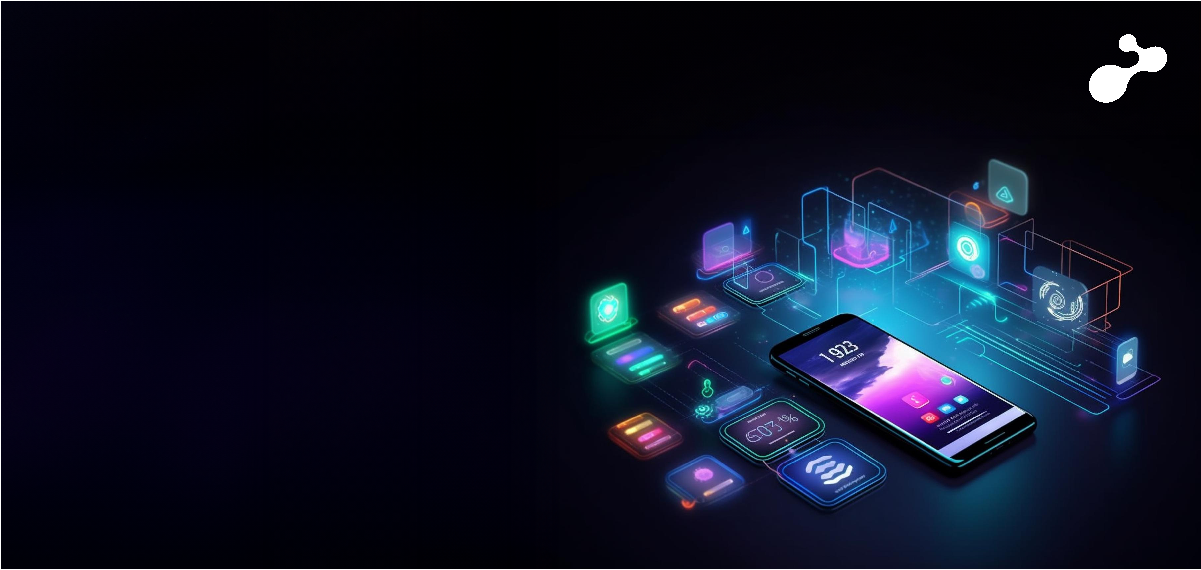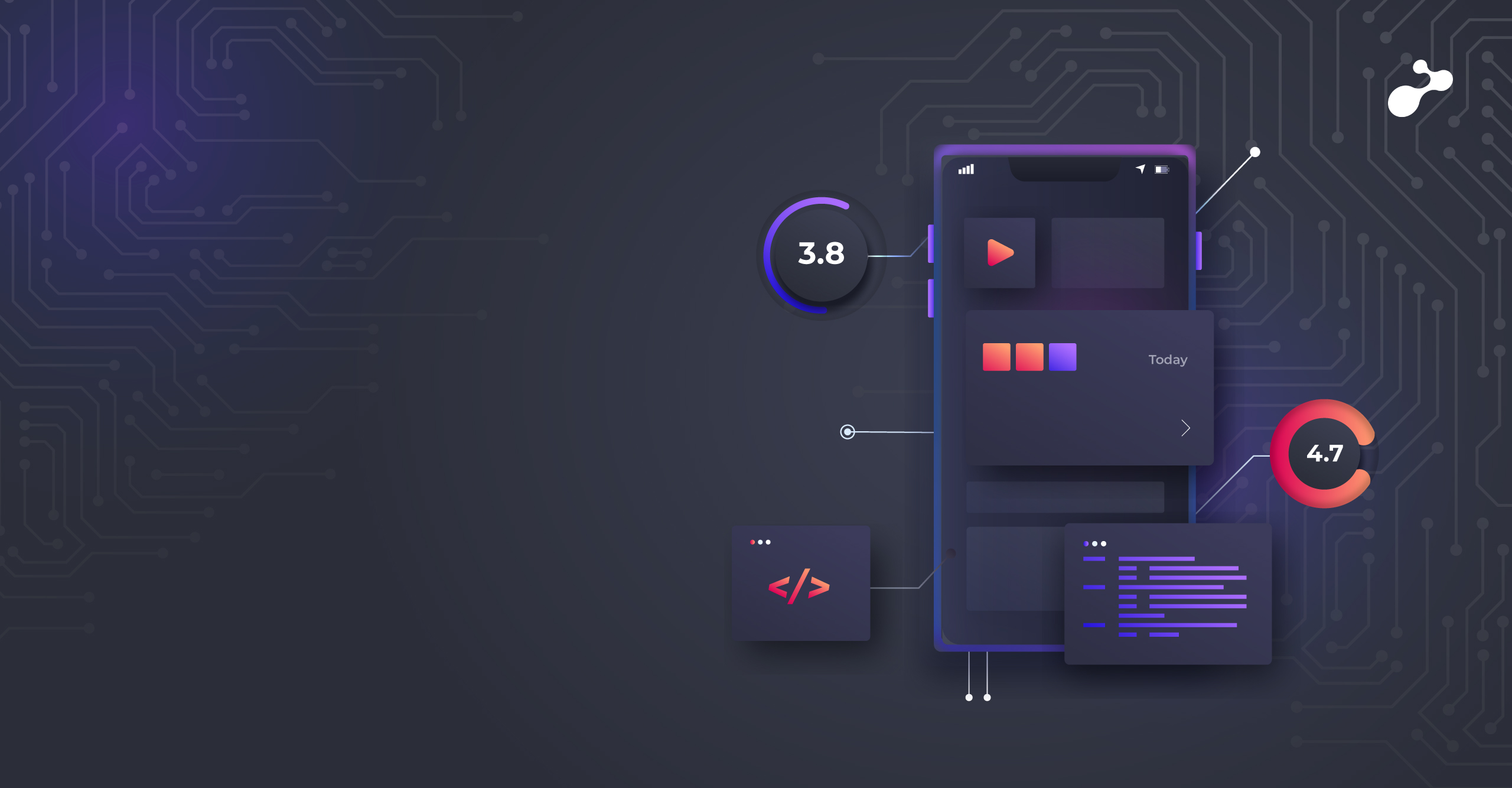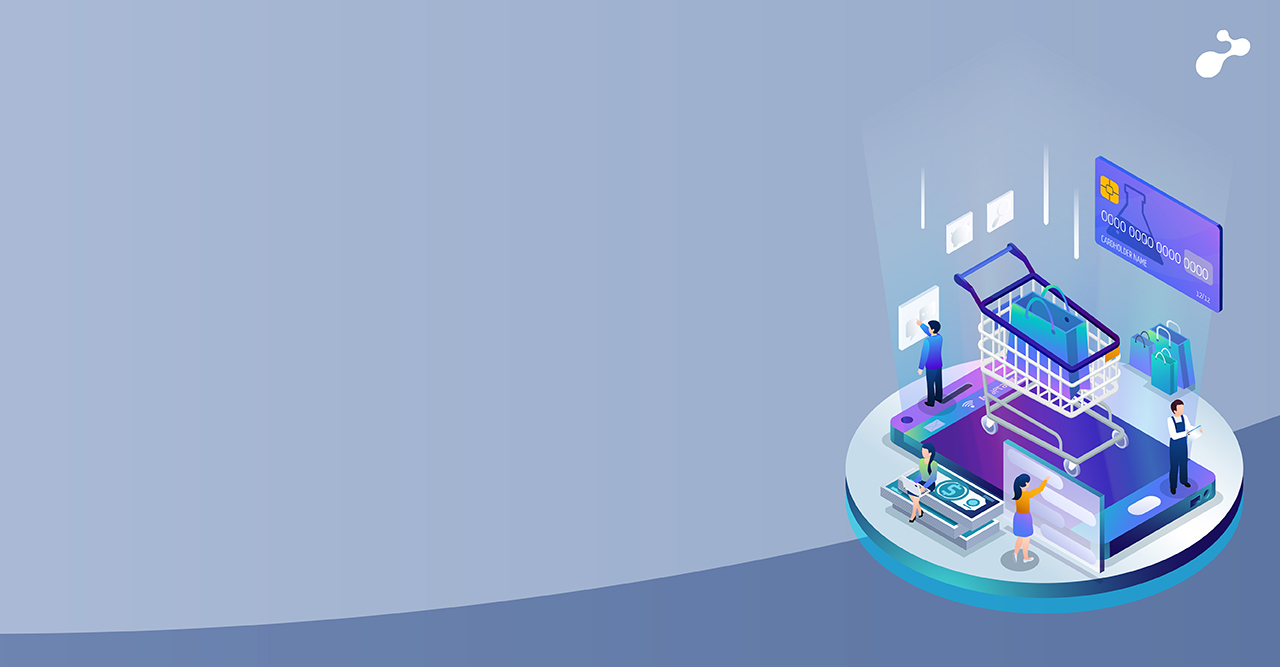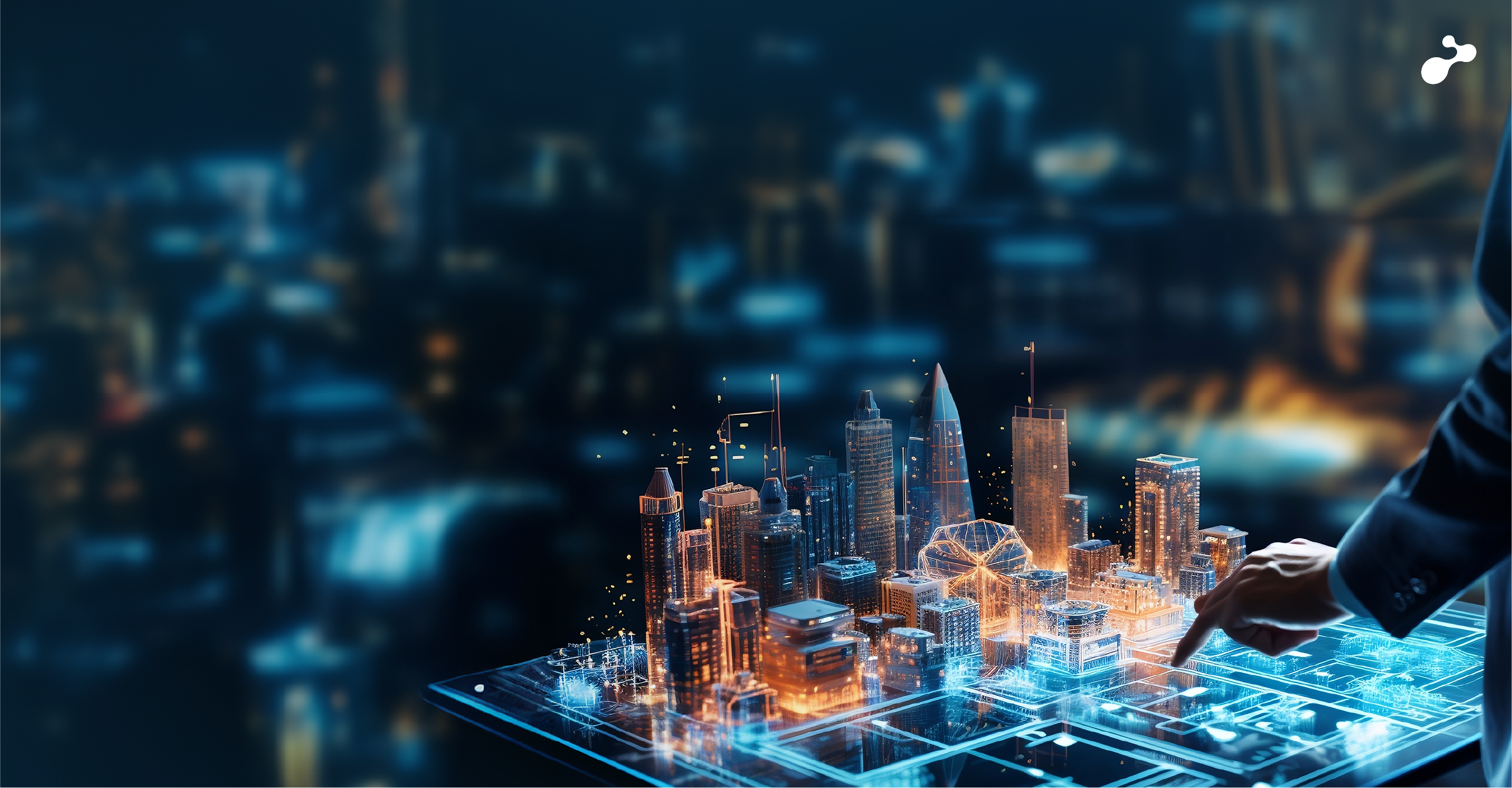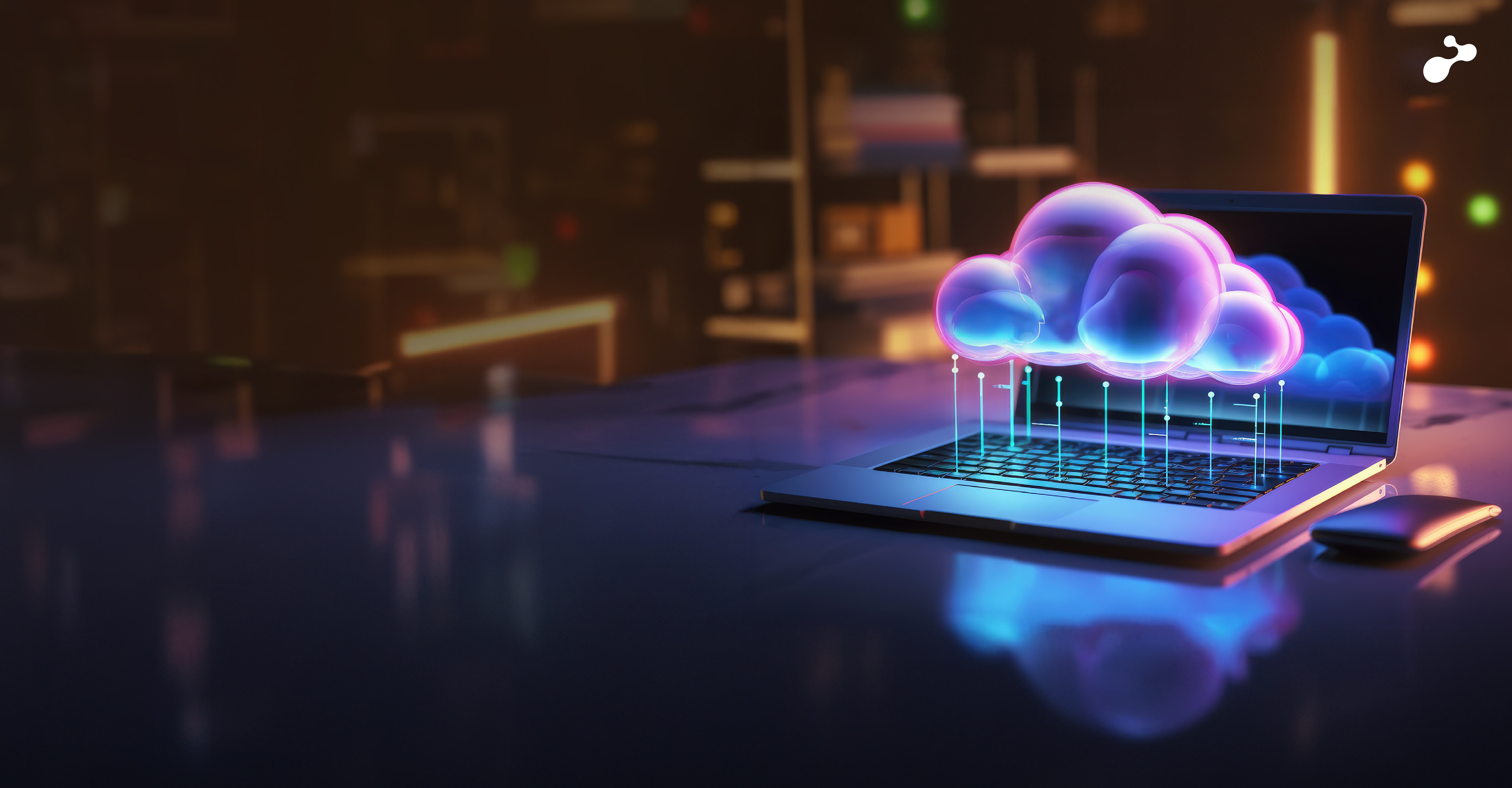Global numbers of COVID-19 are on a decline (although we have seen a recent surge in parts of Europe). However, led by strong vigilance and vaccination drives working at top speeds, I am hopeful that we will witness a drop in positivity rates soon.
As government norms in several parts of the world are now being relaxed, we are witnessing organizations and several workplaces contemplating moving back to working in a physical office. In this move to normalcy, one thing is certain; the world around us has changed and will continue to evolve as we progress, technologies that enabled organizations to function despite complete lockdowns continue to play a prominent role, and come 2022, we may be on the brink of another disruption as the new business models, and traditional patterns collide to create better and more efficient processes. Technologies that we adopted during the pandemic that have been mainstream now will continue to majorly impact the way we function, even when we move back to complete normalcy. All industry verticals such as healthcare, retail, technology, banking or the manufacturing sector, will continue to witness the increasing adoption of emerging technologies / deep tech.
Though the pandemic came as a shock to our daily lives, these testing times saw several examples of resilience and innovation that was born out of necessity, especially in the retail space. Many businesses adopted remote and digital operations almost overnight, which helped them stay afloat in the most challenging times. From groceries, food, and other essentials to non-essentials like online shopping and many more, every industry is now providing a digital offering post the pandemic. Today, digital is everywhere, even when we step out of our homes. We can see 'Phygital' stores that offer customers the convenience to choose their orders online, pay online and make the whole buying experience a lot easier, to even retail outlets offering a virtual try-on of clothes and 3-D experiences to help prospective buyers visualize how a particular item will look in their personal space. Digital is being used in several areas and is clearly improving customer experiences.
Another aspect that transformed due to the pandemic was in the way we work. Since COVID-19, industries globally were required to have minimal staff (~25% or less) at the workplace, as per social distancing guidelines. This led to a shift towards automation, especially as industrial and manufacturing organizations saw this as the best way forward. As a result, modern industrial and manufacturing units are digital in one form or another, from sensors, RFID tags, IoT devices, and other advanced tools. Now, these advanced technologies allow organizations to tap into the hidden power of digital, which is the ability to capture data. The additional touchpoints and data collected via these newly digital processes make complex processes a lot simpler and safer, and I see a future where data from different sources will be captured and used by organizations to define and further improve their processes.
One of the most significant changes witnessed was in the healthcare industry, which saw a complete 360-degree shift. These were the most demanding times for healthcare, but what worked was the ability of this industry to identify risks and manage to scale up their operations by leveraging digital transformation. Today, telehealth services, remote patient monitoring, and other digitally enhanced services are a must-have, given the various ways they have helped the healthcare industry manage the crisis and come out of the crisis. Even after the relaxations, the use of digital in healthcare continues at the same pace and will only grow in the coming years. Right for enabling better patient experiences, helping doctors access patient data and medical reports to real-time monitoring, we can now see digital in every step of the way.
Today, we are living in an era where technology companies are everywhere, no matter which sector or business one looks at. Whether it is technology services, consulting or product development, companies that enable or build innovative solutions have seen a rise in demand. This demand, coupled with the restrictions imposed due to the pandemic, created the opportunity for a new workplace to thrive, the remote and digital workplace! Several companies have gone fully remote forever, meaning their staff can work from any part of the world without ever having to be at a physical office. Others have tried to make the best of both, known as the hybrid working pattern, which allows teams to determine how often they would like to meet and collaborate and utilize the rest of the time working independently from their homes. With the openness and the benefits that companies have witnessed since the pandemic, I am confident that the future of work will be even more flexible, remote, and highly digital.
The changes that we are witnessing with the world opening up now, organizations should be planning their next move. Now is the right time for leaders to strategize for the future, with an approach that encapsulates the best of COVID-19 driven transitions and brings back some of the benefits from a traditional working model. We are in the final stages of 2021, and the leadership needs to take a step back to understand all that has transpired and create a strategy that will help them gain the best of both worlds for 2022 and beyond.



